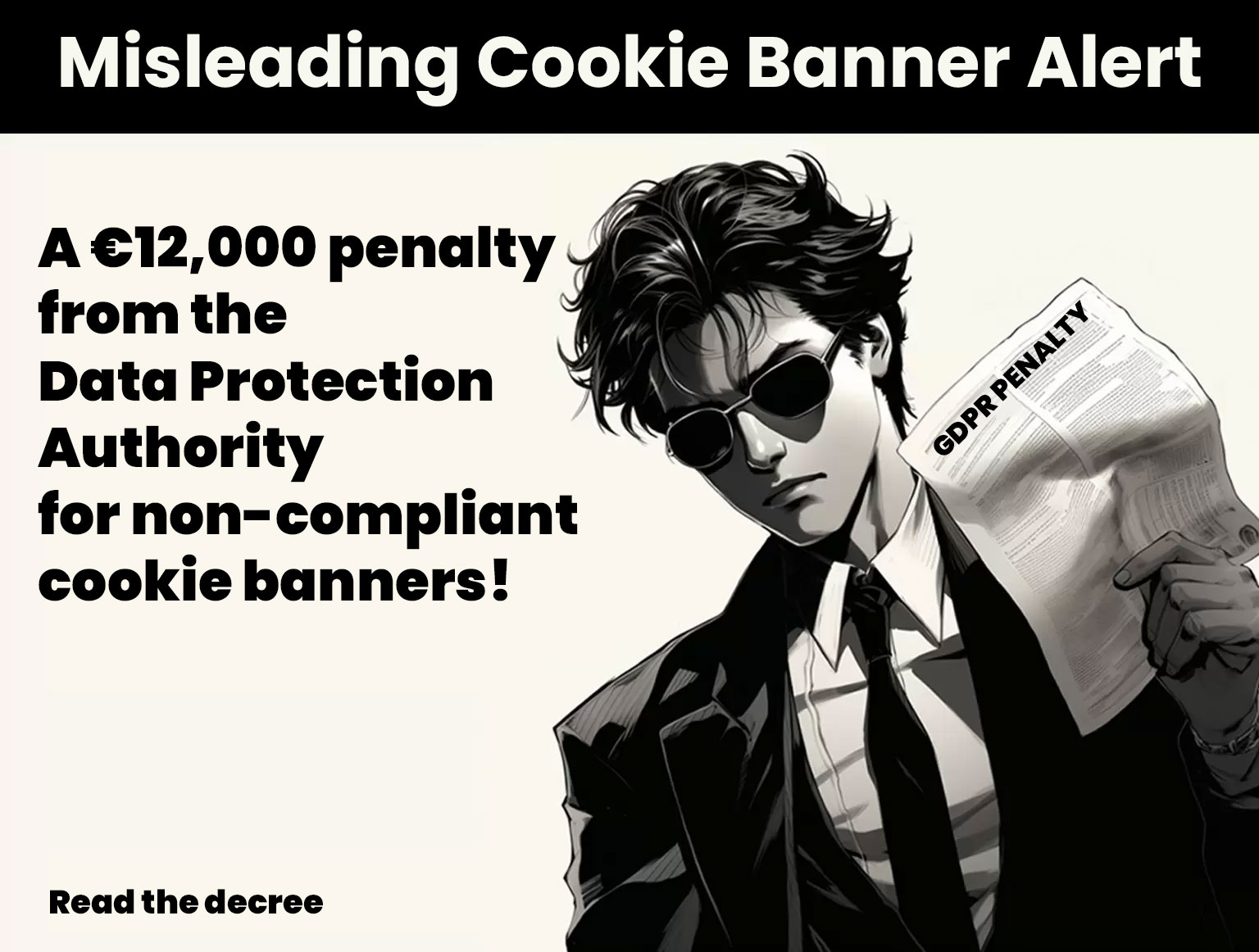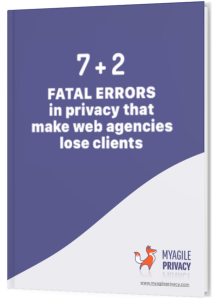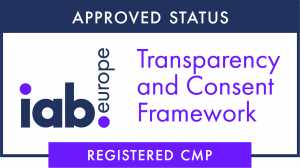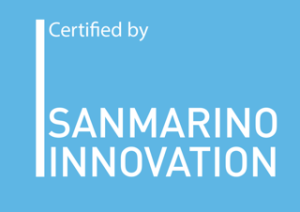
In recent times, European Data Protection Authorities have intensified scrutiny on website owners, particularly regarding cookie banners and widespread non-compliance.
Recent is the case of the Spanish Guarantor, which, in Order EXP202211953 of November 2023, sanctions, for a sum of 12 thousand euros, behavior deemed unfair for the use of so-called "dark patterns," lack of an adequate cookie policy and failure to block cookies in advance.
Also in Italy, the Garante della Privacy recently expressed similar concerns to those of the Spanish Guarantor, warning against the use of non-compliant techniques or aimed at misuse, such as so-called dark patterns, in cookie banners.
We had also talked about it in this article, dedicated to the Cookie Consent Registry and Cookie Banners.
These improper techniques, aimed at circumventing regulations, inadvertently coerce users into sharing more personal data than they intend, often by inducing them to accept cookies. Such practices not only undermine the authenticity of the consent collected but also exacerbate the risk of non-compliance.
This situation poses an escalating risk of penalties for companies of all sizes. Even those who have inadvertently relied on uninformed suppliers or, worse still, implemented these non-compliant practices despite the inherent risks, are not exempt from potential repercussions.
A serious and widespread malpractice
It is well established that the practices of dark patterns constitute noncompliant, serious, and a punishable violation.
But what specifically is meant by "dark pattern"?
The term "dark pattern" encompasses user experience interfaces or implementations designed to manipulate behavior and influence individuals' decisions while interacting with websites, applications, and social networks. These tactics often lead users to unwittingly provide consent or personal data without viable alternatives or in manners that contravene legal standards.
To put it bluntly, a checkbox preselected to an "accepted" value, with no other choice alternatives, constitutes a dark pattern.
Specifically, here are the possible categories of dark patterns found in the guidelines:
- overload: consists of presenting too many possibilities to the person who has to make the decisions, exasperates the user, who ends up sharing more personal information than desired. The most common techniques for this method of overloading consists of repeatedly showing questions, showing too many options, offering endless pages of choices.
- concealment: involves designing the user interface or experience in such a way that the user does not think about certain aspects related to the protection of their data, is distracted by other information.
- stirring: appealing to users' emotions or using visual stimuli in the form of effects to influence decisions.
- obstacle: attempts to create obstacles so that the user cannot easily perform certain actions. This is done through techniques such as placing privacy settings in areas that are difficult to access, effectively making it impractical to change consent settings by providing misleading information about the effects of certain actions.
- inconsistency: the interface has an unstable and inconsistent design that does not allow the user to perform the desired actions.
- obscurity: information or privacy settings are hidden or presented unclearly using irregular language and contradictory or ambiguous information.
In addition to the problem of dark patterns, there is a growing focus on the preemptive cookie blocking that banners are supposed to guarantee and which, instead, is often only promised but not actually implemented.
Indeed, in the Spanish Guarantor's order, precisely the failure to block cookies in advance, i.e., the installation of third-party cookies, before any consent has been given by the user is sanctioned.
Many websites do not implement adequate preemptive blocking of these tools, as well as other tracking services (see Facebook Pixel, LinkedIn Pixel, Google Ads, etc.) thus exposing themselves to risks of non-compliance and penalties of even significant amounts.
The GDPR, the European data protection regulation, imposes stringent requirements for the collection and processing of personal data, and failure to comply with these directives can lead to economic penalties that are anything but symbolic: up to 4 percent of the company's entire turnover.
The dangers of Dark Patterns and the importance of Preventive Blocking
Given the heightened scrutiny from European regulators on these issues, continuing to employ non-compliant cookie banners and employing creative methods to skirt regulations is increasingly unwise. Such practices carry significant potential for economic, reputational, ethical, and practical harm.
Why subject users to mistreatment through deliberately convoluted and obstructive user interface choices, making it arduous to reject cookies or dismiss banners, potentially coercing consent through user fatigue rather than genuine intent?
Furthermore, while there may be pressure from marketing agencies to implement trackers at any cost to demonstrate performance results to clients, it's crucial for client company owners to understand the legal ramifications. They bear full responsibility for any offenses, which are not only punishable but also have severe consequences.
Until recently, the concept of preemptive cookie blocking was often ignored or overlooked. However, the shifting stance of data protection authorities across Europe indicates a clear departure from leniency towards non-compliance.
The era of expecting to evade consequences is over; now is the time for genuine commitment to compliance.
Imagine waking up to discover your company has been fined thousands due to a non-compliant cookie banner or improper use of graphics. Wouldn't it have been wiser to address these issues proactively?
Such measures not only tarnish your reputation and erode customer trust but also result in a profoundly negative overall impact.
What Web Site Owners Should Do.
To avoid the serious consequences of noncompliance with cookie regulations and GDPR, website owners must take a proactive approach.
Here are some key actions to take:
- Checking and Updating Cookie Banners:
Make sure your cookie banner is clear, transparent and easy to understand. It should offer users the choice to accept, reject, or customize their cookie preferences in a simple and straightforward manner. - Implementation of Preemptive Blocking:
It is important that all third-party cookies be blocked until the user gives explicit consent. And no: giving only a semblance of blocking with two options on the banner does not count. The block must be real. - Website Analysis and Audit:
Conduct regular follow-up audits of your website to identify and correct any privacy and data protection issues. To get started, you can request a compliance test of your website from us by clicking here. - Adopting Reliable Solutions:
Choose your cookie banner carefully. It should really block cookies, not use dark patterns in the design, and offer support service that is quick and responsive if needed: My Agile Privacy is multi-reviewed for all these aspects.(see reviews here)
Protect your customers' trust and your company's security by choosing our consent management platform, My Agile Privacy. With our solution, you ensure compliance with Cookie Law, GDPR and Guarantor requirements.








